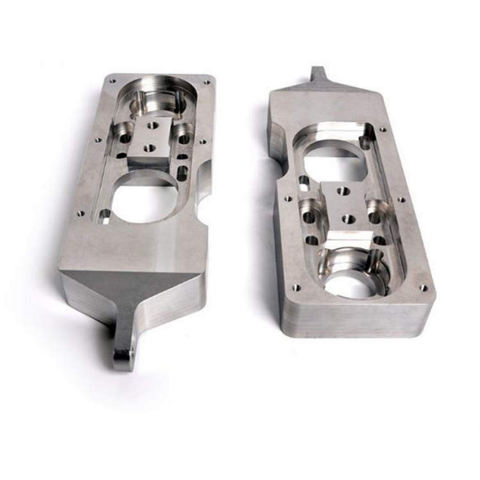Alcast Company Things To Know Before You Get This
Alcast Company Things To Know Before You Get This
Blog Article
More About Alcast Company
Table of ContentsThe 20-Second Trick For Alcast CompanyNot known Details About Alcast Company The 5-Second Trick For Alcast CompanyHow Alcast Company can Save You Time, Stress, and Money.Alcast Company - QuestionsThe Definitive Guide to Alcast CompanyAlcast Company Things To Know Before You Buy

If you assume that a wrought alloy may be the most effective for your task, take an appearance at some of our posts that discuss even more concerning details wrought alloys, such as Alloy 6061 and Alloy 6063. On the other hand, if you believe an actors alloy would be much better for you, you can find out more regarding some cast alloys in our Alloy 380 and Alloy 383 write-ups (coming soon).
The Alcast Company Ideas

Having the experience and sector expertise to craft your castings for optimum production and quality outcomes will simplify the task. Making aluminum spreading needs a complex set of processes to attain the appropriate results. When choosing a new light weight aluminum factory to partner with, ensure they have extensive industry experience and are knowledgeable concerning all facets of the light weight aluminum spreading process: style, production, product evaluation, and item screening.
(https://profiles.delphiforums.com/n/pfx/profile.aspx?webtag=dfpprofile000&userId=1891250260)The factory ought to additionally have a proven track document of delivering remarkable items that meet or go beyond customer assumptions. Quality assurance should also go to the top of your list when selecting a light weight aluminum factory. By collaborating with a qualified factory that follows the requirements for quality assurance, you can safeguard the honesty of your item and ensure it satisfies your requirements.
Excitement About Alcast Company
By picking a company who provides services that meet or exceed your item demands, you can be sure that your project will certainly be finished with the utmost accuracy and performance. Particular light weight aluminum factories focus on particular kinds of manufacturing processes or casting methods. Various components need different manufacturing techniques to cast aluminum, such as sand spreading or die casting.
Die spreading is the name offered to the process of developing complex steel components with usage of molds of the part, likewise known as dies. It generates more elements than any kind of other process, with a high level of precision and repeatability. There are three sub-processes that fall under the group of die casting: gravity pass away spreading (or permanent mold and mildew casting), low-pressure die spreading and high-pressure die spreading.
Despite the sub-process, the die spreading procedure can be broken down into 6 steps. After the pureness of the alloy is tested, dies are produced. To prepare the passes away for casting, it is necessary that the passes away are clean, so that no deposit from previous productions continue to be. After cleaning, the ejection lubrication is related to the die to make certain a smooth release.
The pure metal, also called ingot, is contributed to the furnace and kept at the molten temperature level of the metal, which is then moved to the shot chamber and injected into the die (Aluminum Casting). The pressure is then preserved as the metal solidifies. When the steel strengthens, the cooling process begins
About Alcast Company
The thicker the wall of the part, the longer the cooling time because of the amount of indoor steel that likewise needs to cool down. After the element is completely cooled, the die cuts in half open and an ejection system pushes the part out. Adhering to the ejection, the die is closed for the following shot cycle.
The flash is the additional material that is cast throughout the process. This should be pop over here cut off utilizing a trim tool to leave just the major element. Deburring removes the smaller sized pieces, called burrs, after the cutting process. Finally, the part is polished, or burnished, to offer it a smooth surface.
A Biased View of Alcast Company
Today, leading makers use x-ray screening to see the whole interior of elements without cutting into them. To obtain to the ended up item, there are three key alloys used as die casting product to pick from: zinc, aluminum and magnesium.
Zinc is one of the most pre-owned alloys for die spreading because of its lower price of basic materials. It's additionally one of the more powerful and stable steels. Plus, it has outstanding electric and thermal conductivity. Its corrosion resistance also allows the parts to be long-term, and it is one of the extra castable alloys because of its lower melting point.
A Biased View of Alcast Company
As mentioned, this alloy is just one of one of the most generally used, yet manufactures will, sometimes, select aluminum over zinc because of light weight aluminum's production advantages. Light weight aluminum is highly affordable and among the a lot more flexible alloys. Aluminum is used for a variety of different products and industries anything from window frames to aerospace products.
Report this page